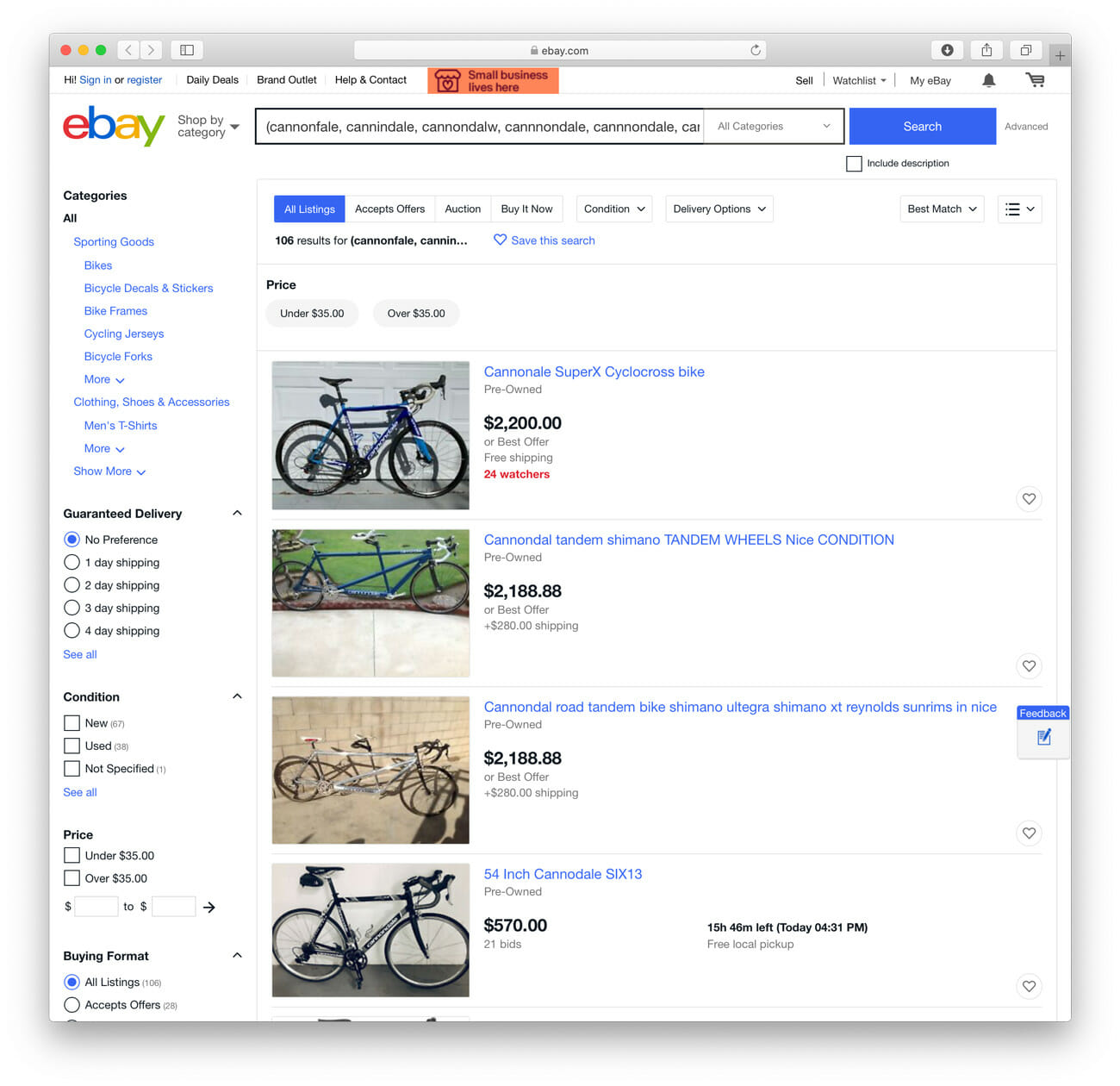I’ll always remember the day I learned how to cross a river. I was outside of Christchurch on New Zealand’s South Island, and it was the second of what would be nearly 80 days spent wandering the mountains and forests by canoe and foot, learning every facet of backcountry living and expedition practices from the local branch of the National Outdoor Leadership School. This particular skill helped form the necessary core of getting from point to point when roads, sidewalks and paths don’t exist — such is life in the bush.
We departed base camp after breakfast; the springtime temperatures felt like they were in the single digits (I didn’t pay attention to the thermometers because I lacked a firm concept of Fahrenheit-to-Celsius conversions). We parked next to one of the island’s many braided rivers and dressed in what we’d be wearing for a 22-day whitewater canoeing expedition (neoprene layered under ungainly waterproof shells similar to those worn by competitive sailors). We walked across the stony banks to the water, and then our instructors essentially told us to walk across. We did, and my boots filled, immediately, with water.
I’m simplifying things a bit here, but that is pretty much how you cross a river in the backcountry when there aren’t any bridges or dry crossings available (after you take considerations of water speed, width, depth and other safety concerns). You do your best to find a shallow place to ford and then you let your boots and socks dry during breaks over the course of the day and, later, once you make camp. But, they may not dry; you’ll probably need to cross another river.
Now let me express an unpopular opinion: you don’t need waterproof hiking boots. But, you just said that — I know that I just explained how trekking demands walking directly through rivers when no bridges or stepping stones are available. And that’s the basis for my argument — if the water level is above your boots, your toes are taking a bath whether your feet are lined in Gore-Tex or not.
I can imagine moments when waterproof membranes can come in handy — winter hikes in the snow, trails that pass over shallow streams, hikes in generally-wet environments — but in my experience, most people are more likely to hike in dry areas where moisture can be avoided altogether. Even in these run-ins with precip, I’m not sure that waterproof boots actually keep your feet dry. From exterior moisture, sure. But not from sweat.
Any membrane, be it Gore-Tex, eVent or something else, will severely cut breathability, period. No matter how much companies advertise the breathability of their waterproofing tech, the extra layer of material can’t have as much airflow as a shoe or boot that doesn’t have it at all. You’re already wearing a pair of thick wool socks; now you’re wrapping them in plastic (in addition to the canvas, rubber and leather that make up the boot’s exterior).
In warm weather, that means sweaty feet. Even in cold weather that can mean swampy feet — I wear hiking boots and trail running shoes year-round, indoors and out, and often end my days damp-footed when waterproof membranes are involved. It’s not a significant issue in everyday life, but one’s feet are paramount in the outdoors, especially mid-way through a multi-day trip. Wet feet, whether from streams or sweat, can contribute to blisters and lead to trench foot. (Thinking about taking your boots off to keep them dry crossing a river? That’s a great way to cut your foot.)
If you’re going to get wet either way, I’d rather have an option that’ll dry quicker on the trail, and that’s a boot without waterproofing.
Targhee Vent Mid by Keen $135
Konseal FL by Arc’teryx $155
Access Knit by Five Ten $130
The Best Hiking Boots of the Year
Unlike concrete sidewalks and gravel paths, the trail calls for hardened and supportive footwear to combat dirt, mud, jagged rocks and streams. The answer is hiking boots and hiking shoes, and these are the best available. Read the Story








